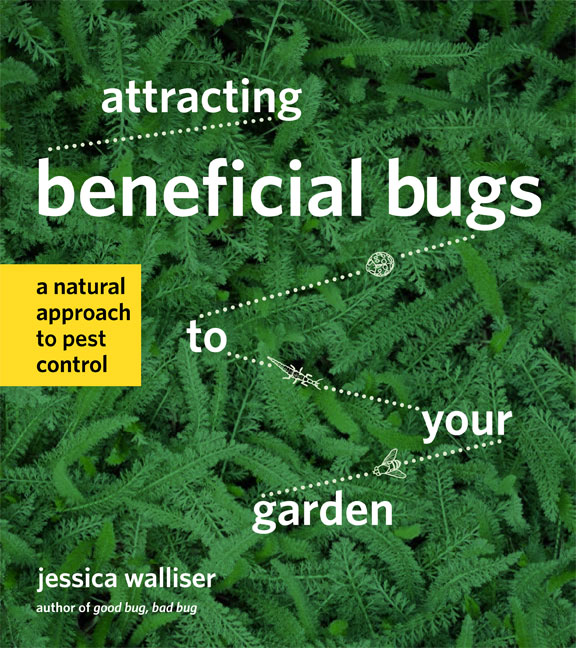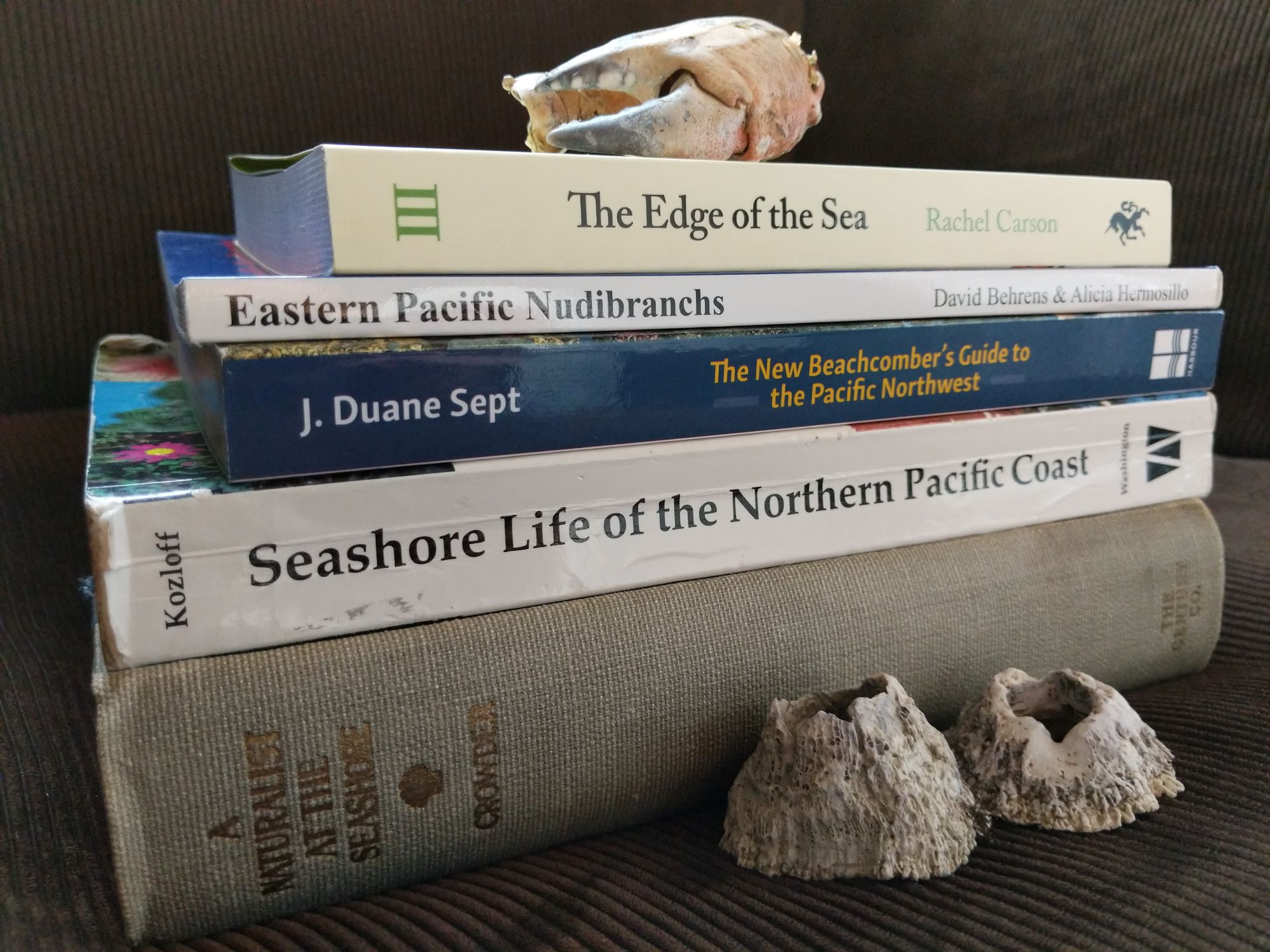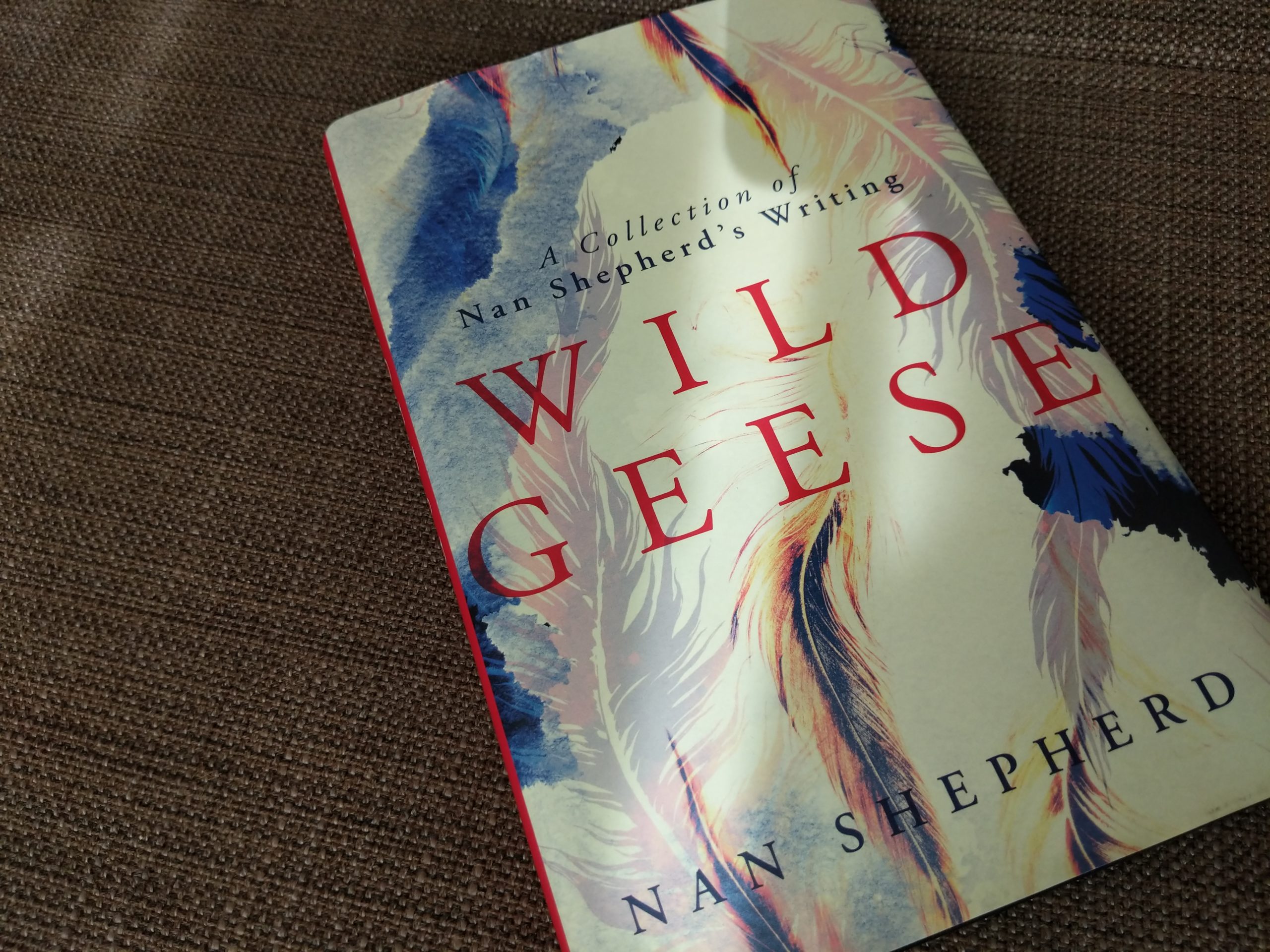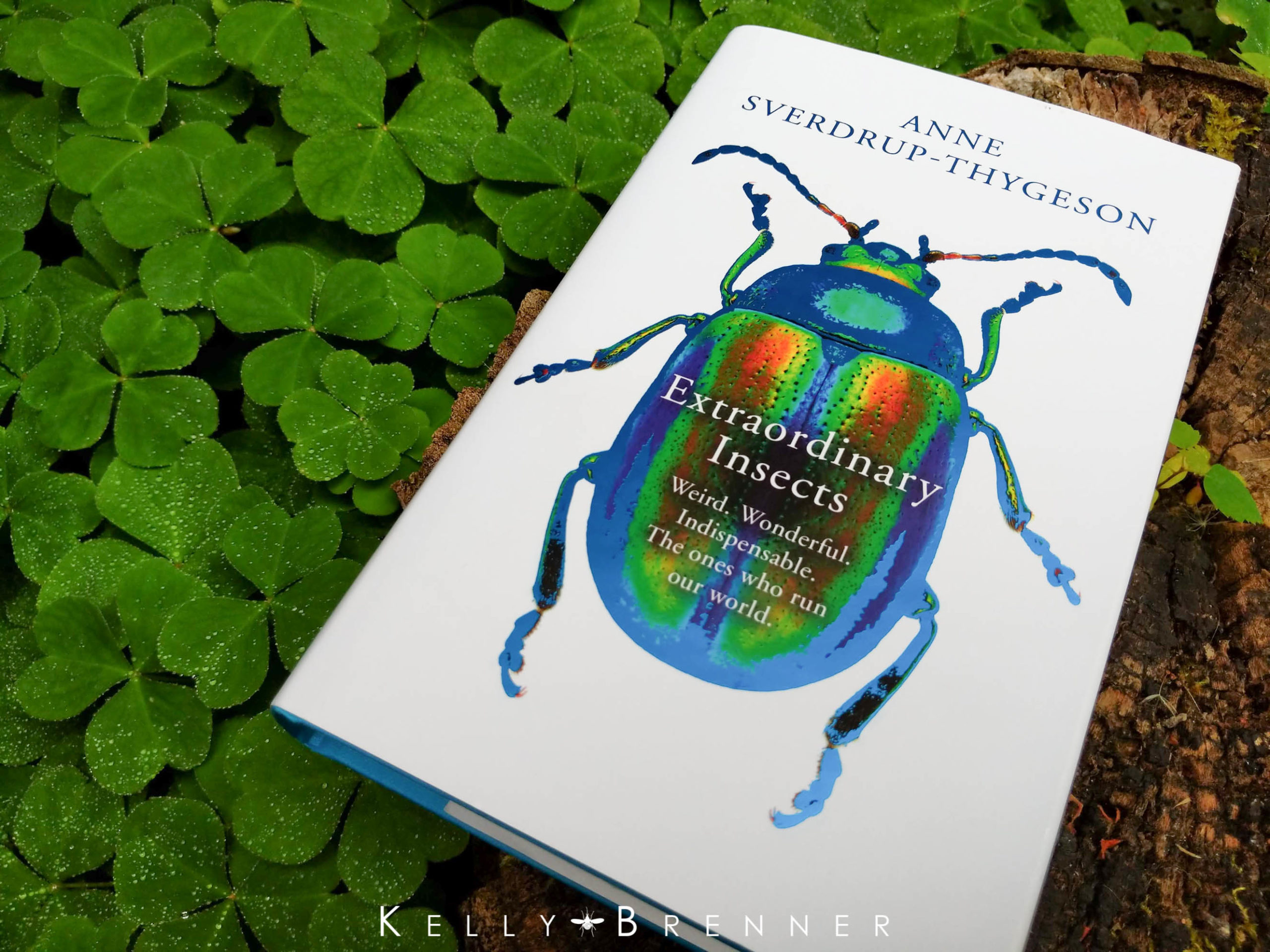 As one who spends a fair amount of time crawling around my yard in search of interesting insects, I was, needless to say, excited to see a new book from Timber Press with the title Attracting Beneficial Bugs to Your Garden: A Natural Approach to Pest Control. It’s written by horticulturist and self-proclaimed ‘bug lover’ Jessica Walliser. With a quick glance through the book, it’s easy to see it’s up to the typical high standard of Timber Press books and full of wonderful and inspiring images of beautiful bug-friendly gardens.
As one who spends a fair amount of time crawling around my yard in search of interesting insects, I was, needless to say, excited to see a new book from Timber Press with the title Attracting Beneficial Bugs to Your Garden: A Natural Approach to Pest Control. It’s written by horticulturist and self-proclaimed ‘bug lover’ Jessica Walliser. With a quick glance through the book, it’s easy to see it’s up to the typical high standard of Timber Press books and full of wonderful and inspiring images of beautiful bug-friendly gardens.
As this is not a typical sort of book that gardeners might be drawn to, (usually it’s more along the lines of how to get rid of bugs instead of attract them) Walliser makes several confessions in the introduction which states how she came to love and respect insects after many years of hating and vanquishing the little beasts.
Now, don’t tell anyone, but if a book starts out in the very first chapter with a quote from David Attenborough, I’m a sucker for writing a good review. Walliser starts out with a wonderful epiphany which came from watching a spectacular sex scene on television, but I’m going to tell you to read the book to find out who was in the starring role. She then goes into a great summary of what bugs do, how they impact the ecosystem of our gardens (and they do dramatically) and why it all matters.
Further discussion goes into what beneficial insects require in the landscape and the complex role of predator and prey which is carried out in dramatic fashion right in our own backyards. Put down your horror novel and pick this up around Halloween, because Walliser describes some of the most fascinating, violent, brutal, and at times horrific interactions in the insect world. While most of us hope for the zebra to escape the lion, in the insect world the roles are reversed and instead we are cheering for the predator because these little creatures do so much for us by providing pest control.
Following an introduction to beneficial insects, how they live and how we can make appropriate habitat, is a meet-the-bug section. Here Walliser profiles the various families and types of species covering a range from things we might be familiar with such as stink bugs, hover flies and robber flies, to the tiny ones that likely escape the notice of most such as the minute pirate bugs. There are also insects we already try to attract such as dragonflies and lady beetles. While this chapter is very broad and doesn’t focus on any specific species, it’s enlightening to see so many insects are so helpful to us as gardeners.
If you’ve made it through this much of the book with all the bug-eat-bug descriptions and buggy photos, you’ll be thoroughly rewarded because the next section of the book focuses on how to garden for those beneficial insects. Here Walliser discusses why one of the key concepts of insect gardening is diversity, diversity, diversity. These are many of the same lessons you may have already learned in the Xerces Society book, Attracting Native Pollinators. In fact these two books complement each other so nicely, if I were to gift one to someone, I would certainly include the other. In Walliser’s book I learned quite a bit about dietary needs of insects and the differences in types of nectar.
Walliser neatly teaches us how insects eat and what plants provide in the way of food; this knowledge builds a good foundation for helping us make educated choices when looking at plants at the nursery or seed catalog. An included summary of some of the very best plants is useful and while some of the plants listed are specific species, others are simply listed at the family level because they include so many varieties. Here you’ll read about everything from yarrow to cosmos to daisies and learn why they’re good for insects and even what types of beneficial insects they attract.
If you’re a novice at garden design, this book thoughtfully provides what you need to know to design your borders, beds or patches for insects. Walliser discusses location, size and even includes several pre-designed beds and gardens to get you started. My only gripe is the advice on mulching, which is not ideal for ground nesting bees, which require bare ground. Another reason this book goes so well with Attracting Native Pollinators.
One of my favorite features is a summary table near the back called “putting it all together” which shows the various insects, who they eat and what plants support them the best.
If starting a book with a quote from David Attenborough is a sure way to a good review, ending with a David Attenborough quote as well must surely mean a rave review. I do highly recommend this book as it’s full of great information and inspirational images to get you started. It may even convert a lot of bug haters in the process if they give it a chance, and I sincerely hope they do for the good of not only their garden, but the entire ecosystem in which they live.
Still not convinced? Let Jessica Walliser explain herself why these bugs are good.
Thank you to Timber Press for providing me with a review copy.





